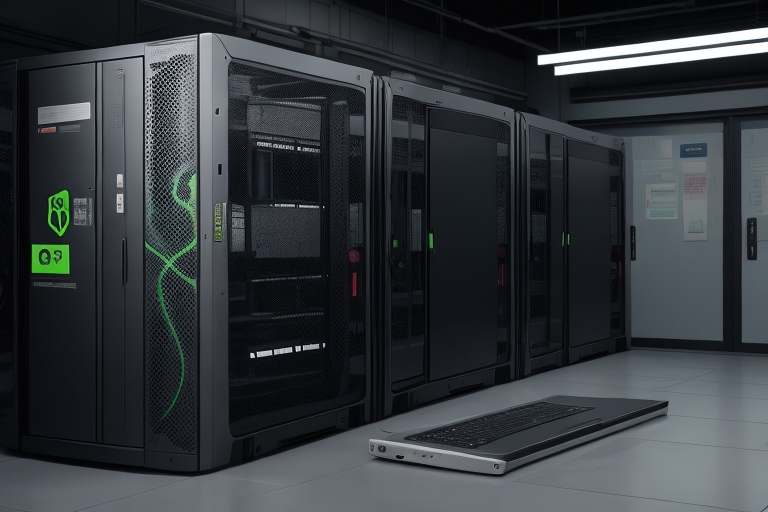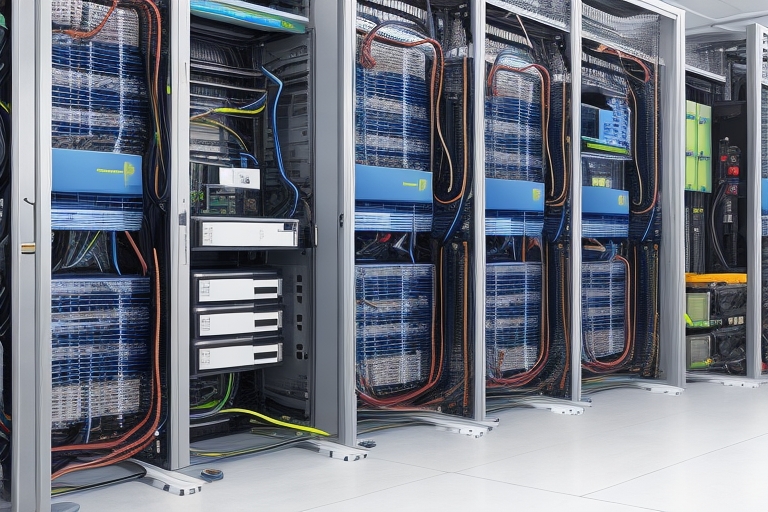A Beginner’s Guide to Setting Up a Dedicated Server
Setting up a dedicated server is an essential step for businesses looking to improve their online operations. A dedicated server not only offers reliability and control but also ensures that your website can handle increased traffic without compromising on speed or uptime. This guide is your comprehensive resource for understanding and implementing a robust dedicated server for your business needs.
Understanding Dedicated Servers and Their Importance
A dedicated server is a single computer in a network reserved for serving the needs of the network. For instance, a server can manage printer resources, database management, or email hosting. Unlike shared hosting, a dedicated server hosts only your website, giving you full control over its resources.
Choosing the Right Dedicated Server Provider
Selecting the right provider is crucial. Opt for one that offers 24/7 customer support, robust security measures, and high-performance hardware. Ensure they have a proven track record with positive customer reviews and offer a Service Level Agreement (SLA) that guarantees uptime and reliability.
Here at Atalnetworks, we recommend that you:
- 24/7 Customer Support: Understanding that your business operations are round-the-clock, we offer comprehensive 24/7 customer support to address your needs at any hour. This ensures that help is always a call or click away, minimizing any potential disruptions to your business.
- Robust Security Measures: We recognize the importance of robust security in protecting your vital data and systems. Our security protocols are rigorous and constantly updated to counteract emerging threats, providing you with peace of mind.
- High-Performance Hardware: The foundation of our services is built upon high-performance hardware that guarantees efficient and reliable operation. With Atalnetworks.com, your business benefits from cutting-edge technology that supports high-speed, resilient, and consistent performance.
- Proven Track Record: Trust is earned through consistent performance and reliability. Our proven track record is reflected in the positive reviews from our satisfied customers, affirming our reputation as a trustworthy partner in your success.
- Solid Service Level Agreement (SLA): We solidify our commitment to you with a clear and comprehensive Service Level Agreement (SLA) that guarantees uptime and reliability. Our SLA is designed to ensure that you receive the service quality and availability you need to thrive.
Configuring Your Dedicated Server
Once you’ve chosen a provider, you’ll need to configure your server. This includes selecting the operating system (OS) such as Linux or Windows, depending on your comfort level and the requirements of your applications.

Installing the Operating System and Updates
Installing an OS on your dedicated server is typically done through a KVM (Keyboard, Video Mouse) switch or using a remote access software. Once installed, immediately update your OS with the latest security patches to protect against vulnerabilities.
Server Management: Control Panels and Tools
To manage your server effectively, install a control panel like cPanel or Plesk. These tools offer a graphical interface to manage your websites, applications, and server functions easily.
Security Measures for Your Dedicated Server
Security is paramount. Begin by changing default passwords and implementing firewalls and intrusion detection systems (IDS) to protect against unauthorized access. Regularly update your software and run security audits to ensure your server remains secure.
Monitoring Server Performance
Keep an eye on your server’s performance. Use monitoring tools that provide real-time data on your server’s health, allowing you to address issues promptly and keep your server running smoothly.
Backup Solutions
Regular backups are a non-negotiable aspect of server management. Use automated backup solutions and ensure that you have an off-site backup in case of physical damage to the server.
Optimizing Server Performance
Optimize your server for performance. This may include configuring server caching, tweaking database settings, and ensuring that your content delivery network (CDN) is properly set up.
Scaling Your Server Resources
As your business grows, so will your server needs. Work with your provider to understand how to scale your resources, whether that means adding more RAM, and storage, or upgrading your CPU.
Advanced Server Configurations
For those needing advanced configurations, look into setting up a redundant array of independent disks (RAID) for data protection, or configuring a load balancer to distribute traffic across multiple servers.
Setting Up Email Hosting
If you intend to host your own email, set up a mail transfer agent (MTA) like Sendmail or Postfix. Ensure that you configure your email properly to avoid your domain being blacklisted due to spam.
DNS Configuration and Management
Proper DNS configuration is crucial for your dedicated server. This includes setting up your A records, MX records, and CNAME records correctly to ensure that your website is accessible and emails are received.
Ensuring Compliance with Legal Requirements
Make sure that your server is compliant with legal requirements, including data protection laws like GDPR if you handle European customers’ data.
Conclusion
A dedicated server provides unparalleled control and efficiency for your online business. By following this guide, you have the information needed to make informed decisions and configure a server that meets your specific needs. With the right setup, security, and management practices in place, your dedicated server will serve as the backbone of your digital presence, ensuring optimal performance and reliability.


